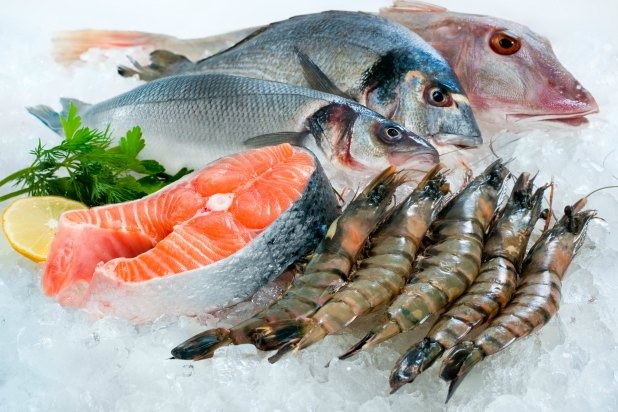Beware: These 7 Ingredients Aren't What You Think They Are
It's no surprise that you have lots of choices at your local grocery store. Even if you're looking for a specific item, the chances are good you will have more than one brand to choose from. For many items, there is often little to no difference between brands — but there are a few ingredients for sale on store shelves that have earned a bad reputation; some food items are not what the packaging leads you to believe.
Click here to see the These 7 Ingredients Aren't What You Think (Slideshow)
One of the roles of the United States Food and Drug Administration (FDA) is to protect consumers from false or misleading packaging. Although they don't pre-approve labels for food products, they are "responsible for assuring that foods sold in the United States are safe, wholesome and properly labeled." Though several government agencies are involved in food regulation, the FDA handles many of the food labeling concerns. Despite the fact that numerous lawsuits are filed each year with regards to food labels, many items remain on store shelves with labeling that most would agree is misleading.
In the case of "food fraud," involving foods that are labeled as one thing and either contain very little of said ingredient or are something else entirely, economics are often the cause of the problem. Companies want to produce items as cheaply as possible, which can lead them to look for ways to cut or reduce costly ingredients without sacrificing the appeal of the product. Similarly, these same companies want to sell as much of a particular item as possible and they carefully design packaging to maximize sales. All this can add up to misleading labels on our food.
Though the FDA and other special interest organizations continue to work on behalf of consumers to advocate for clarity in food labeling, it's important for consumers themselves to be knowledgeable about their food and purchases. Fortunately, instances of food fraud are low; keep this list handy and you'll be able to avoid most imposters.
Fish
(Credit: Shutterstock)
Think you're eating cod? It's probably tilapia. Red snapper? That could be tilapia, too. False labeling on fish is very common in the United States; as much as one third of the fish in your grocery store could be incorrectly labeled, with snapper being the most commonly mislabeled. Be sure to check Monterey Bay Aquarium's website for more information about the best fish to buy.
Black Pepper
(Credit: Shutterstock)
Once a spice is ground, it can be difficult to know what it includes. In the case of black pepper that might be papaya seeds and pepper stems. To be sure you're getting all real black pepper, invest in a pepper mill and grind your own from whole peppercorns.
Click here to see more of the ingredients that aren't what you think
Kristie Collado is The Daily Meal's Cook Editor. Follow her on Twitter @KColladoCook.

